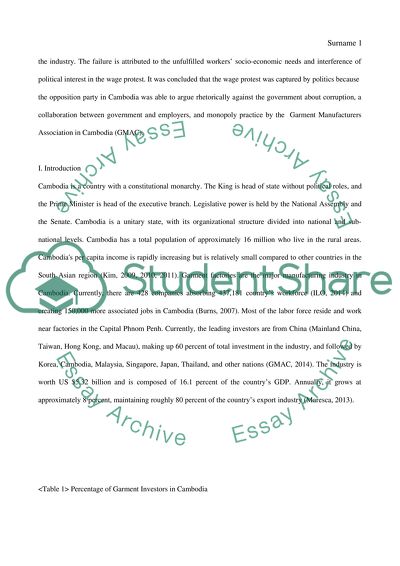Cite this document
(“The Policy Process on Minimum Wage Setting in a Developing Country: Essay”, n.d.)
Retrieved from https://studentshare.org/miscellaneous/1697321-the-policy-process-on-minimum-wage-setting-in-a-developing-country-the-case-of-the-garment-industry-in-cambodia
Retrieved from https://studentshare.org/miscellaneous/1697321-the-policy-process-on-minimum-wage-setting-in-a-developing-country-the-case-of-the-garment-industry-in-cambodia
(The Policy Process on Minimum Wage Setting in a Developing Country: Essay)
https://studentshare.org/miscellaneous/1697321-the-policy-process-on-minimum-wage-setting-in-a-developing-country-the-case-of-the-garment-industry-in-cambodia.
https://studentshare.org/miscellaneous/1697321-the-policy-process-on-minimum-wage-setting-in-a-developing-country-the-case-of-the-garment-industry-in-cambodia.
“The Policy Process on Minimum Wage Setting in a Developing Country: Essay”, n.d. https://studentshare.org/miscellaneous/1697321-the-policy-process-on-minimum-wage-setting-in-a-developing-country-the-case-of-the-garment-industry-in-cambodia.


